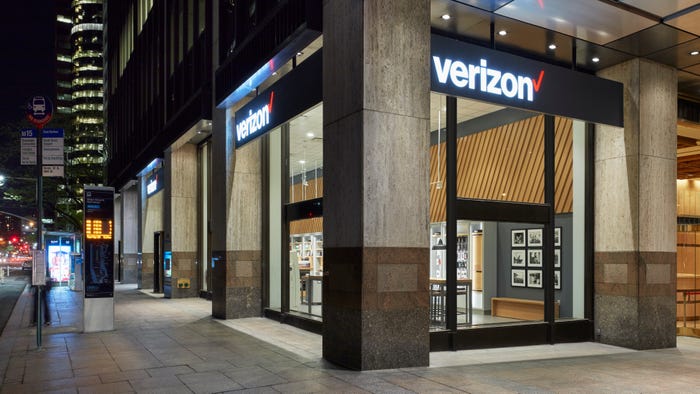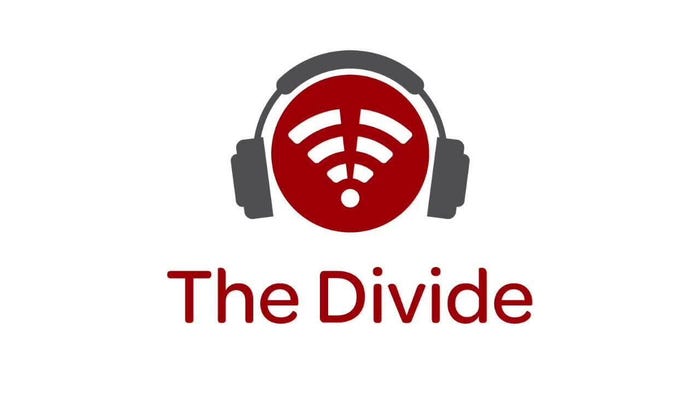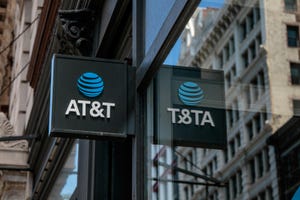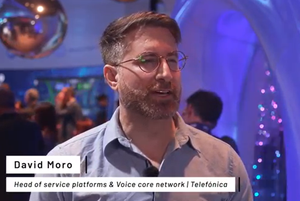thumbnail
Cloud
Enter now: The Leading Lights 2024Enter now: The Leading Lights 2024
Light Reading's flagship awards program, The Leading Lights, is beginning its 20th year. We're now accepting entries for this year's contest. Don't miss this chance to recognize your company, customers, partners and executives for their achievements in the communications industry.
Subscribe and receive the latest news from the industry.
Join 62,000+ members. Yes it's completely free.





































.jpg?width=300&auto=webp&quality=80&disable=upscale)








